The process of breaking in new brake pads and rotors is a critical step to take after installing these components on a vehicle.
This process helps to ensure that the brakes function properly and can improve their performance and extend their lifespan.
This article will discuss why it is important to break in new brake pads and rotors and provide some tips on properly breaking them in.
By following these guidelines, you can help to ensure that your brakes perform at their best and provide reliable stopping power for your vehicle.
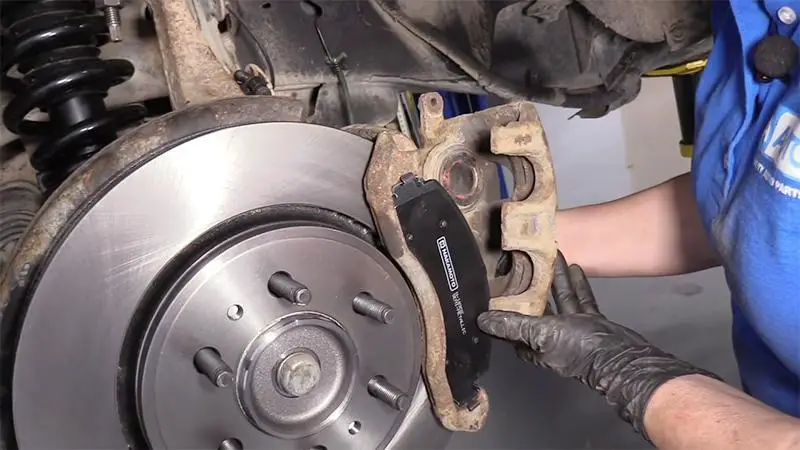
Contents
- 0.1 Do You Need To Break In New Brake Pads And Rotors?
- 0.2 What Happens If You Don’t Break In Car Brakes?
- 1 How To Break In New Brake Pads And Rotors?
- 1.1 1. A Vacant Parking Lot Or Street Is A Great Place To Park
- 1.2 2. Brake Hard At 40 Mph
- 1.3 3. When You Reach 50 Mph, Jam The Brakes Until The ABS Engages
- 1.4 4. Follow Step #3 Four More Times
- 1.5 5. When The Car Reaches 65mph, Slow It Down To 15mph
- 1.6 6. Give Your Brakes 20 Minutes To Rest
- 1.7 Why It’s Important To Break In New Brake Pads And Rotors?
- 1.8 What Is Bedding-In?
- 1.9 Not All Brake Pads And Rotors Need Bedding
- 1.10 Other Maintenance Items To Do When Installing New Brakes
- 2 Final Words
Do You Need To Break In New Brake Pads And Rotors?
It is generally recommended to break in new brake pads and rotors. This helps to ensure that the brakes function properly and to maximize their lifespan.
When new brake pads and rotors are installed, the surfaces are not yet fully seated and may not function optimally.
By gradually increasing the brake pressure, you can help seat the brake pads and rotors properly, improving their performance and reducing the likelihood of squeaking or other issues.
In addition, breaking in the brake pads and rotors helps to remove any debris or impurities that may be present on the surfaces, which can improve their overall performance.
What Happens If You Don’t Break In Car Brakes?
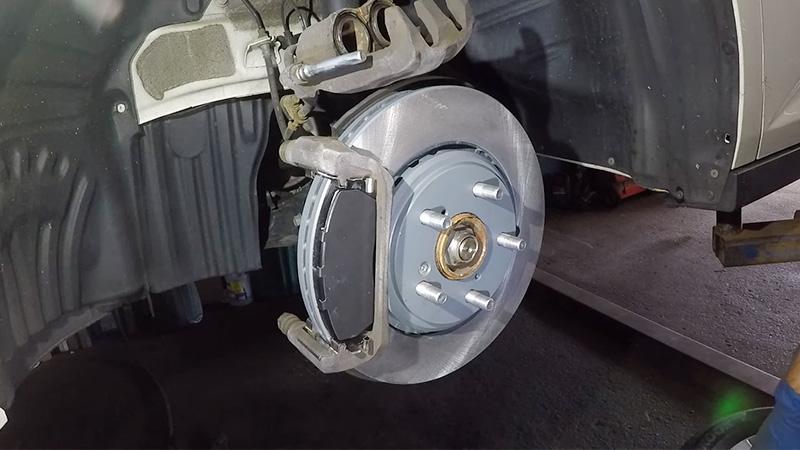
Have you recently had your vehicle’s brakes replaced? Immediately after installation, test them out by driving as you normally would. To ensure brake performance over a long period, it is necessary to do so.
It is also referred to as bedding-in brake pads and rotors when new brakes are being used. You may experience braking problems down the road if you don’t properly bed in brakes, such as warped discs, uneven brake pad wear, or noises when you apply the brakes.
When installing new brakes, you should allow them to bed in slowly for the best results. To fully break in and remove the transfer film from the rotors, most brake pads must be driven between 300 and 400 miles. Driving at your normal pace is enough for most drivers.
How To Break In New Brake Pads And Rotors?
Many car parts need to be broken in before they can live up to their high reviews. The same applies to brake pads. You are at the right place if you are wondering how to break in your brake pads.
1. A Vacant Parking Lot Or Street Is A Great Place To Park

When breaking into your vehicle, you should do all your tests in an empty area where you can reach speeds of 65 miles per hour (mph).
We’ve found that vacant parking lots and streets are the best places to do this. Therefore, if you plan on breaking in your new brakes, find an empty parking lot as soon as possible!
2. Brake Hard At 40 Mph
Hard braking – what is it? “hard braking” refers to applying pressure to the brake pedal hard. This is a bad practice, according to driving schools. In most cases, however, you don’t need to do this when breaking in brake pads.
By braking hard at 40mph, you’ll be able to engage the brakes and warm them up for better performance. Whenever you brake hard, avoid stopping completely.
3. When You Reach 50 Mph, Jam The Brakes Until The ABS Engages
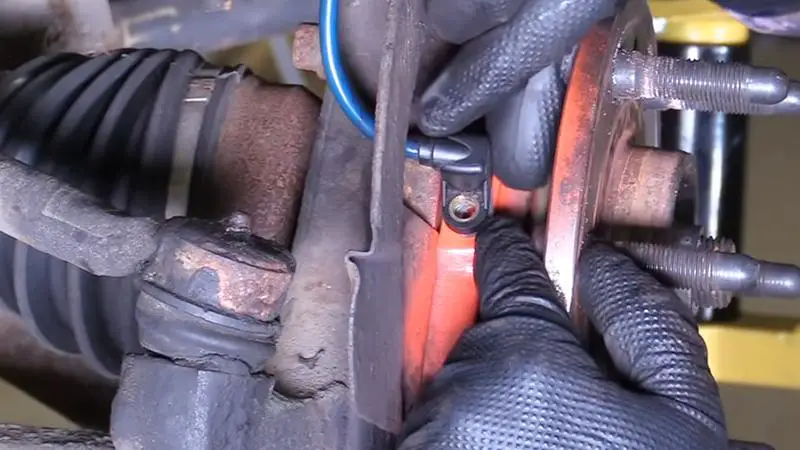
With this step, you’ll need to apply hard braking. In this case, you should slow down your car hard and fast enough for the ABS to engage after reaching 50mph. The result will be a rapid wear down of what needs to be worn down.
4. Follow Step #3 Four More Times
You will need to do repetitions for your pads to break in completely. Whenever you repeat step 3, ensure you don’t stop completely. The minimum speed you should maintain is 10mph in order to maximize efficiency.
5. When The Car Reaches 65mph, Slow It Down To 15mph
Reaching higher speeds may be safer if you follow the right safety precautions. After reaching 65 mph, slow down the car as quickly as possible to 15 mph without coming to a complete stop. New brake pads need time to break in, and complete full stops can damage them.
6. Give Your Brakes 20 Minutes To Rest
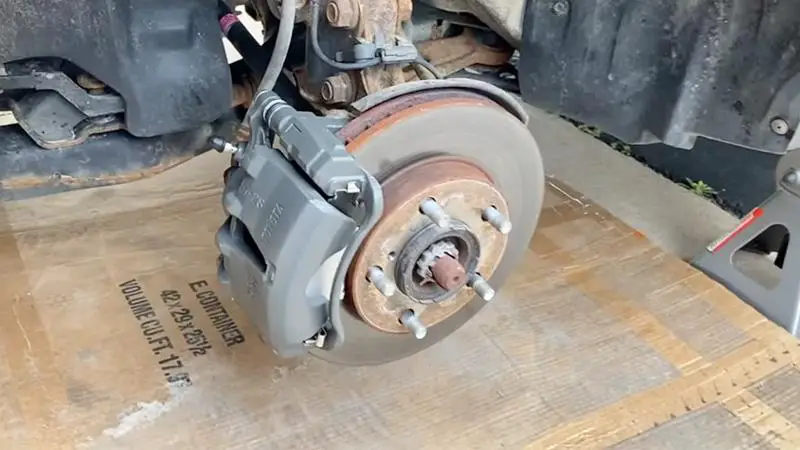
It is necessary for a car to cool down after a good workout. For about 20 minutes, put your car in park and let it rest. By doing this, the brakes will have a chance to cool down and settle back into their original shape.
What has happened so far? Your brake pads were effectively broken in after you removed most of the parts that needed to be removed.
Why It’s Important To Break In New Brake Pads And Rotors?
You should follow a break-in procedure to ensure that your new brakes perform well. Brake bedding is another name for this procedure.
A brake pad deposits an even layer of the friction material on the rotors when it is in the braking process. By doing this, you ensure the following:
- Enhanced braking performance and quieter operation
- Your new brakes are put to the test so you can see how they perform
- An effective way to stress-test your brakes is to break them in (breaking them in is an excellent way to do this).
- Right out of the gate, you’ll find optimal performance.
A new bare rotor will likely not stop the vehicle well when you press your new brake pads against it. When a “glaze” of brake pad material is already present on the rotor, the car will stop faster and smoother.
This is why break-in procedures are necessary. Doing so lays down a good “foundation” of pad material on the rotor. In this way, optimal brake performance is ensured.
What Is Bedding-In?
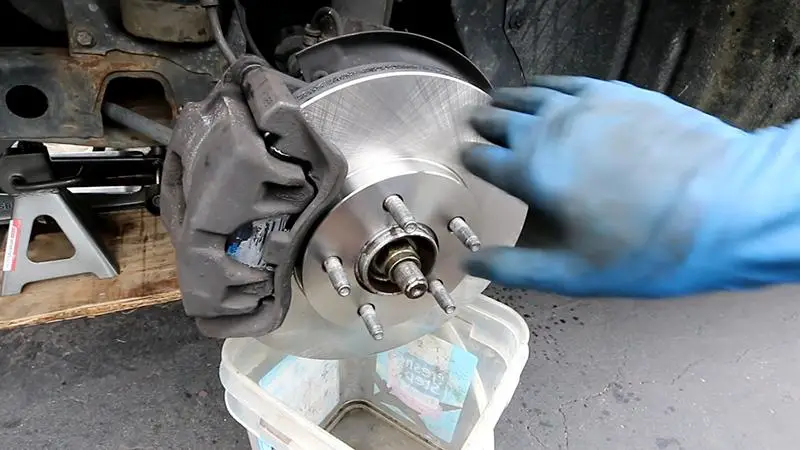
Examine the surface area of the old equipment if you are getting new brake pads and rotors. It’s easy to notice the shiny grayish-blue glaze on old rotors. Pad transfer is referred to as this.
Many times over the life of the equipment, the brake pads will push against the rotor. Using brake pads slows down and stops a vehicle by creating high friction.
Your vehicle’s brake pads deposit material on the rotor over time, creating friction and helping it stop. For a braking system to be effective, pad transfer must be effective.
Removing old brake pads and rotors does not occur when you replace them. There is still a difference between brake pads and rotors. It takes time for them to come together and function effectively.
Not All Brake Pads And Rotors Need Bedding
When it comes to ensuring optimal braking performance, breaking in your brake pads and rotors isn’t necessary. Getting used to your brakes gradually can be accomplished by driving regularly.
The safest way is to bed your brakes right after installation. Having confidence that your brakes were installed correctly gives you peace of mind.
Besides ensuring your brakes perform well, it also ensures their longevity. In addition, it’s recommended if you frequently use heavy braking or drive on highways.
Other Maintenance Items To Do When Installing New Brakes
A technician will do a few other things when installing new brakes to ensure your braking system stays in good working order.
Brake System Check
It is essential to ensure that the entire braking system is working properly. Each piece of the braking system is crucial to ensuring safety while driving, including the brake pedal, brake fluid, calipers, and brake pads.
Over time, things such as caliper guide pins can rust. They can also tighten, requiring lubricant to ensure proper movement. Before driving off, a reputable mechanic will ensure that every component of the braking system is functioning properly.
Check The Brake Fluid
Almost all modern vehicles use brake fluid to properly maintain their hydraulic brakes. When you press the brake pedal, the force of your foot is increased, increasing the brake pressure.
Bringing your vehicle to a complete stop would be much more difficult without brake fluid. Checking your brake fluid is always a good idea when working on the brake system.
Ideally, brake fluid should be lighter and clearer in color and viscose. As it grows darker and thinner, it may become more compromised. A replacement will be made if necessary.
Slotted Or Drilled Rotors
A constant stream of improvements is made in the automotive industry. As technology advances, better ways of maintaining your vehicle become available. Is your brake pad and rotor set up correctly for your car and driving style?
There are two types of rotors: slotted and drilled. Even though slotted rotors do not improve heat transfer, they can enhance brake performance by removing dust and debris that can sometimes accumulate between the pads and rotors.
The friction force is reduced by this dust, which prevents pads and rotors from contacting flush. When driving in a city, drilled will work better, while slotted will work better when driving a high-performance vehicle.
Final Words
Brake pads need to be broken in to prevent the warping of brake rotors. Whenever you buy new brake pads, they are always hard. As a result, casually using them while they are brand new may lead to warped rotors over time.
You can prevent this from happening if you follow the above steps. Again, your vehicle’s most important safety systems are its brakes. The brakes on your car allow you to slow down and stop and control your car.
It is important to ensure that your brakes are in good working condition so that your vehicle is well maintained. It is also essential to break in new brakes properly to give them a full life.
